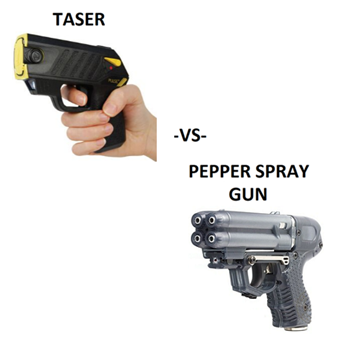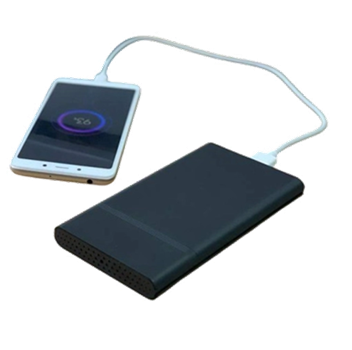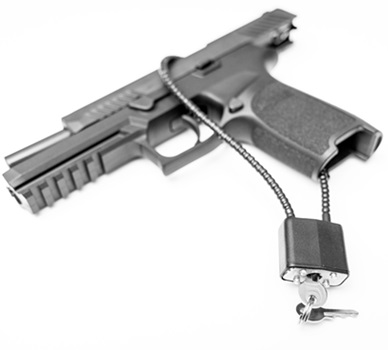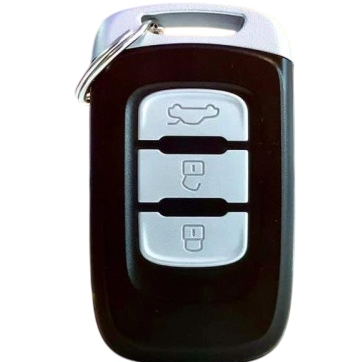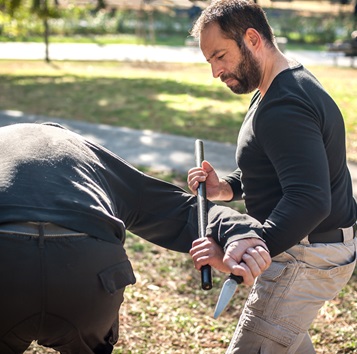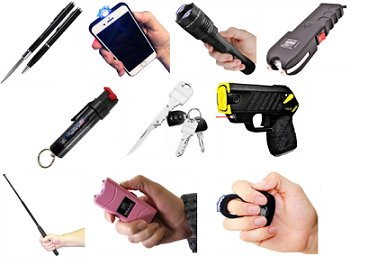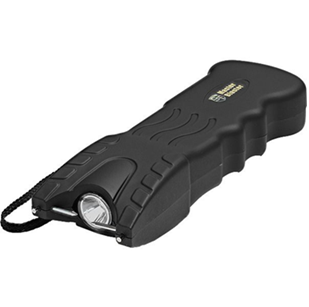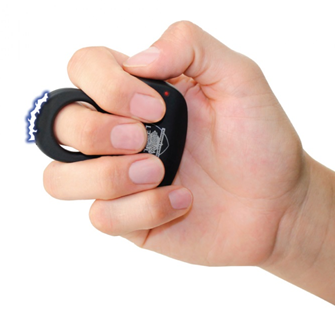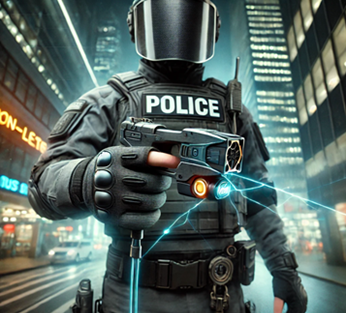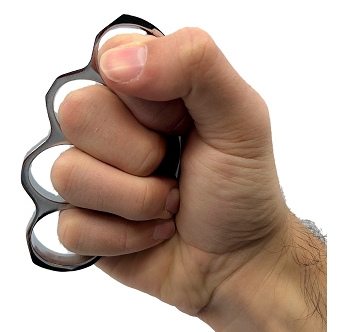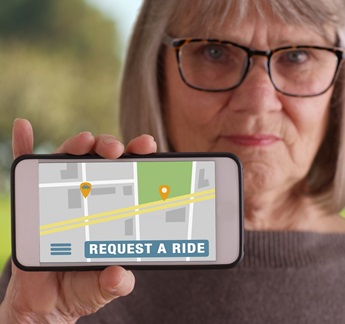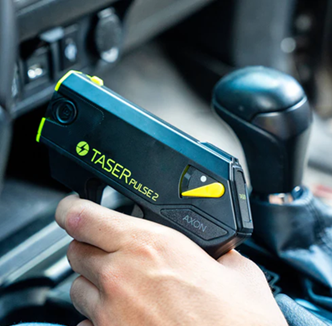 Hiking is a wonderful way to connect with nature, get exercise, and clear your mind. However, as exhilarating as it is, hiking also comes with risks. Whether you’re tackling rugged mountain paths or enjoying a leisurely stroll through a local forest, it’s crucial to prioritize personal safety. In this post, we will explore practical tips and strategies to ensure that your time outdoors remains safe and enjoyable.
Hiking is a wonderful way to connect with nature, get exercise, and clear your mind. However, as exhilarating as it is, hiking also comes with risks. Whether you’re tackling rugged mountain paths or enjoying a leisurely stroll through a local forest, it’s crucial to prioritize personal safety. In this post, we will explore practical tips and strategies to ensure that your time outdoors remains safe and enjoyable.
1. Plan Ahead
One of the most important steps for ensuring personal safety during a hike begins before you even leave home: planning. A well-prepared hiker is far more likely to stay safe on the trails.
Research the Trail
Before setting out, familiarize yourself with the trail. Check its length, difficulty, and elevation gain to make sure it's suitable for your fitness level and experience. Look for information about potential hazards such as steep drops, slippery paths, or wildlife in the area. Many national parks and hiking websites provide detailed trail descriptions and user reviews.
Check Weather Conditions
Weather conditions can drastically change the nature of your hike. Always check the weather forecast before leaving. If there's a chance of rain, snow, or extreme heat, it may be best to reschedule. Unpredictable weather, such as thunderstorms or heavy fog, can increase the risk of accidents or getting lost. Always be ready to adapt or turn back if conditions worsen.
2. Essential Gear for Hiker Safety
The right equipment can be the difference between a safe hike and an emergency. Here are the essentials every hiker should carry.
Navigation Tools
It's essential to have a reliable way to navigate, especially on unfamiliar trails. This includes a physical map and compass, even if you’re using GPS or a smartphone app. Electronic devices can run out of battery or lose signal, so having a backup is critical.
- Topographical map: Learn how to read one.
- GPS device or smartphone app: Download offline maps.
- Compass: Know the basics of compass navigation.
Clothing and Footwear
Wearing the right clothing is essential for staying safe and comfortable. Layer your clothing so you can adjust to changing temperatures. Choose moisture-wicking, breathable fabrics to avoid overheating or getting too cold.
- Sturdy hiking boots: Provide ankle support and grip.
- Layers: Base layers, insulating layers, and waterproof outer layers.
- Sun protection: A hat, sunglasses, and sunscreen to protect from UV rays.
Emergency Gear
Even on a short hike, carry essential emergency items. These should include:
- First-aid kit: Customize it with bandages, antiseptic, and medications.
- Multi-tool or knife: Useful for a range of situations.
- Fire starter: Matches or a lighter.
- Whistle: For signaling in case of emergency.
- Headlamp: Essential if you’re caught after dark.
3. Leave No Trace: Environmental and Personal Safety
Following the "Leave No Trace" principles not only protects the environment but can also protect your personal safety. Trails that are well-preserved and free of debris are easier and safer to navigate.
- Stay on marked trails: Wandering off increases your risk of getting lost or injuring yourself on rough terrain.
- Pack out what you pack in: Reducing litter reduces hazards for both hikers and wildlife.
- Respect wildlife: Keep a safe distance, and do not feed or approach animals, which can lead to dangerous encounters.
4. Stay Connected but Be Prepared for Isolation
Hiking often means disconnecting from the hustle and bustle of daily life, but it's important to ensure someone knows where you are.
Inform Someone of Your Plans
Before heading out, always tell a friend or family member your planned route and expected return time. This simple step can be a lifesaver if something goes wrong.
Communication Tools
If cell service is spotty, carry a personal locator beacon (PLB) or satellite phone, especially in remote areas. These devices can send out a distress signal with your location to rescuers.
5. Wildlife and Hazardous Terrain: How to Respond
Nature can be unpredictable, so it's important to know how to handle wildlife encounters and challenging terrain.
Dealing with Wildlife Encounters
Seeing wildlife is one of the joys of hiking, but it’s crucial to stay safe. Different animals require different responses:
- Bears: Make noise while hiking to avoid surprising a bear. If you encounter one, stay calm, avoid eye contact, and slowly back away. Carry bear spray if you're hiking in bear country.
- Snakes: Watch where you step, especially in warm climates. If you see a snake, give it plenty of space and do not provoke it.
Handling Difficult Terrain
Many trails include steep ascents, rocky ground, or slippery paths. To stay safe:
- Use trekking poles: These help with balance on uneven terrain.
- Watch your step: Be mindful of loose rocks, wet ground, and steep drop-offs.
- Go slow: It’s better to take your time than risk a fall or injury.
6. Hiking in a Group vs. Solo Hiking
Benefits and Risks of Group Hiking
Hiking with others can provide additional safety, as there is always someone to assist if a problem arises. You’re also less likely to encounter dangerous wildlife or become disoriented when traveling in a group. However, group hiking can lead to complacency, with some individuals relying too heavily on others for navigation and preparedness.
Precautions for Solo Hikers
Solo hiking can be incredibly rewarding but requires extra precautions. Ensure you are well-versed in navigation and survival skills, and carry all necessary gear. Solo hikers should be even more diligent about informing someone of their plans and checking in at the end of their hike.
7. Health and Hydration
Hydration and proper nutrition are key for a successful hike. Dehydration or exhaustion can quickly turn a hike dangerous.
- Carry enough water: A good rule of thumb is half a liter of water per hour of moderate activity. In hot weather or difficult terrain, you may need more.
- Consider water purification: Bring a water filter or purification tablets if your hike will pass by streams or lakes.
- Bring high-energy snacks: Granola bars, nuts, and dried fruits are great for sustained energy.
8. First Aid Basics and Emergency Preparedness
Accidents happen, even to experienced hikers. Being prepared for emergencies can make all the difference.
Building a First-Aid Kit
Your kit should include basics such as:
- Adhesive bandages and gauze: For minor injuries.
- Antiseptic wipes: To clean cuts or scrapes.
- Tweezers: To remove splinters or ticks.
- Elastic bandage: For sprains.
Handling Medical Emergencies on the Trail
In the case of serious injuries, try to remain calm. Use your whistle to signal for help, or activate your personal locator beacon. If you’re with others, work together to create a splint, stop bleeding, or keep the injured person warm until help arrives.
9. Non-Lethal Weapons for Hikers: Added Security on the Trail
While hiking in remote areas, it's important to think about personal safety from both animals and, in rare cases, potential human threats. Non-lethal weapons can provide an additional layer of protection without causing permanent harm. These tools are designed to disable or deter an attacker—whether human or animal—while allowing the hiker to escape or seek help. Let’s explore some common non-lethal weapons hikers can carry for added security.
Types of Non-Lethal Weapons for Hikers
-
Bear Spray
- Purpose: Primarily used for deterring aggressive wildlife, especially bears.
- How It Works: Bear spray is a type of pepper spray that emits a large, powerful cloud designed to irritate the eyes and respiratory system of an animal, giving you time to safely retreat.
- Usage Tips: Know how to use it before heading out. Always aim for the animal’s face and deploy the spray when the animal is within close range (about 25-30 feet). Ensure the wind isn’t blowing the spray back at you.
-
Pepper Spray
- Purpose: Designed for personal protection against potential human attackers, though it can also deter some smaller animals.
- How It Works: Pepper spray temporarily incapacitates a person by causing severe irritation to the eyes, nose, and throat, giving you a chance to escape.
- Usage Tips: Carry pepper spray in an accessible place, like a pocket or belt clip. Be mindful of local laws, as some areas regulate its use.
-
Tactical Flashlight
- Purpose: Provides visibility in the dark and can be used for self-defense.
- How It Works: These flashlights often have a strobe feature that can disorient an attacker by flashing bright, pulsating light into their eyes.
- Usage Tips: Carry a high-lumen tactical flashlight with a strobe mode. These flashlights can also double as a striking tool if necessary.
-
Personal Alarm
- Purpose: Alerts others to your location and startles attackers.
- How It Works: A personal alarm emits a loud, high-pitched noise that can scare away animals or alert nearby hikers to a potential threat.
- Usage Tips: Personal alarms are small and easy to carry. Attach one to your backpack or belt loop and activate it if you feel threatened. Some alarms also come with a light feature for added utility.
-
Stun Gun or Taser
- Purpose: Used for close-range defense against human attackers.
- How It Works: A stun gun or taser delivers an electric shock that temporarily incapacitates an attacker by disrupting their muscle control.
- Usage Tips: Ensure you are familiar with how to use the device before heading out. Many stun guns are compact and can fit into a pocket, but check local regulations, as these devices may be restricted in some areas.
Legal and Ethical Considerations
Before carrying any non-lethal weapon, it’s important to check local laws, as some states or countries may have restrictions on certain items like tasers, pepper spray, or bear spray. Additionally, hikers should use these tools responsibly—only in situations where there is a real threat, not out of fear or misunderstanding.
When to Use Non-Lethal Weapons
Non-lethal weapons should only be used as a last resort when you feel directly threatened by an animal or person and need to defend yourself to avoid injury. Always aim to de-escalate situations first, such as slowly backing away from wildlife or avoiding confrontations with other people.
Final Thoughts on Non-Lethal Weapons for Hikers
Carrying non-lethal weapons as part of your hiking gear can provide peace of mind and an extra layer of protection. However, these tools should never replace common sense, situational awareness, or adequate preparation. Staying alert, making noise, and avoiding potentially dangerous situations are still the most effective ways to stay safe on the trails. If you choose to carry a non-lethal weapon, practice using it beforehand and understand its limitations.
By combining smart hiking practices with safety tools, you can better protect yourself and enjoy the great outdoors with confidence.
 Hiking is a wonderful way to connect with nature, get exercise, and clear your mind. However, as exhilarating as it is, hiking also comes with risks. Whether you’re tackling rugged mountain paths or enjoying a leisurely stroll through a local forest, it’s crucial to prioritize personal safety. In this post, we will explore practical tips and strategies to ensure that your time outdoors remains safe and enjoyable.
Hiking is a wonderful way to connect with nature, get exercise, and clear your mind. However, as exhilarating as it is, hiking also comes with risks. Whether you’re tackling rugged mountain paths or enjoying a leisurely stroll through a local forest, it’s crucial to prioritize personal safety. In this post, we will explore practical tips and strategies to ensure that your time outdoors remains safe and enjoyable.


























